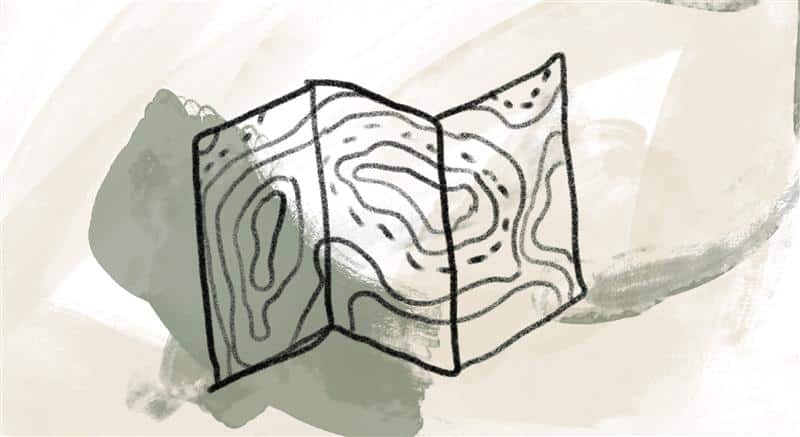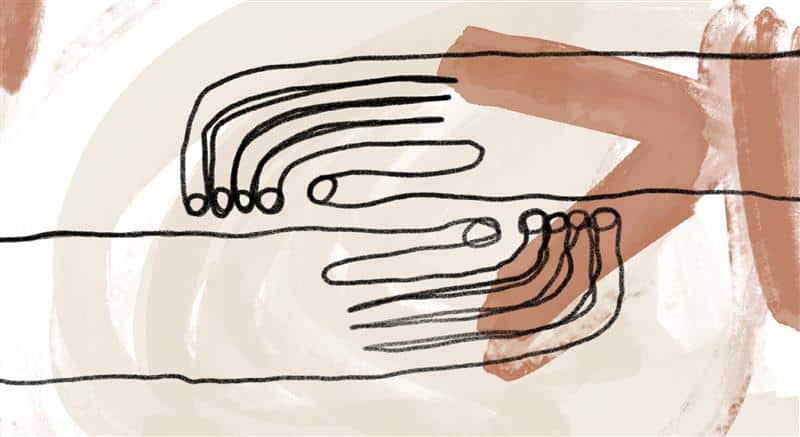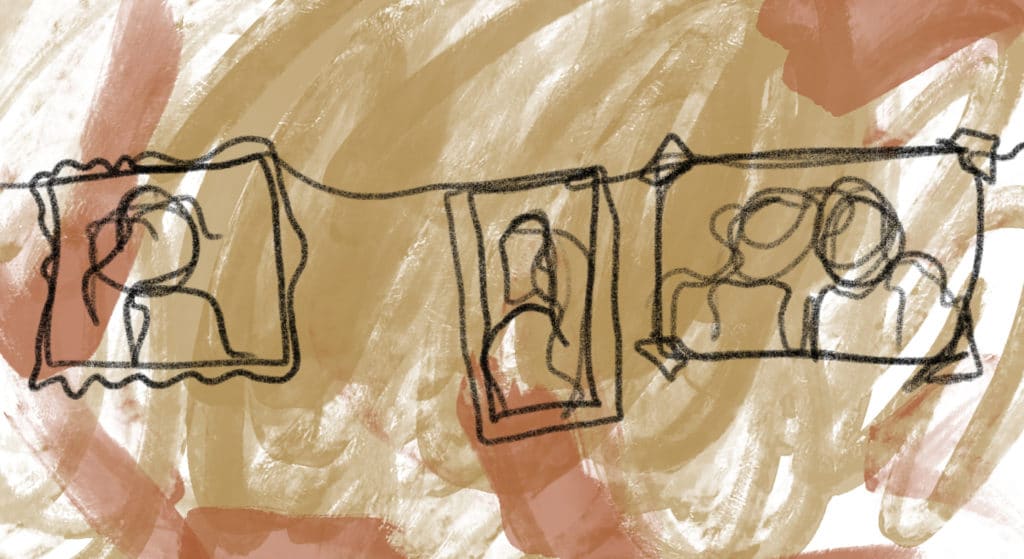
Sunday
Jesus is the union of human and divine in space and time; Christ is the eternal union of matter and Spirit from the beginning of time. Jesus willingly died—and Christ arose—yes, still Jesus, but now including and revealing everything else in its full purpose and glory.
—Richard Rohr
Monday
I want to enlarge your view of resurrection from a one-time miracle in the life of Jesus that asks for assent and belief, to a pattern of creation that has always been true, and that invites us to much more than belief in a miracle.
—Richard Rohr
Tuesday
Our joy is not confined to ourselves but radiates out to all. Just as Jesus intended to enter into us, that his joy might be in us and our joy might be full (John 15:11), so neither can we contain our joy: our peace and happiness envelop all those around us.
—Beatrice Bruteau
Wednesday
Resurrection is the announcement that life cannot ultimately be conquered by death, that there is strength added when the labors increase, that multiplied peace matches multiplied trials, that life is bottomed by the glad surprise.
—Howard Thurman
Thursday
Who does not seek Resurrection? Who does not seek a full and fuller life? Did Jesus not promise, “I have come that you may have life, life in abundance” (John 10:10)?
—Matthew Fox
Friday
A mature Christian sees Christ in everything and everyone else. That is a definition that will never fail us, always demand more of us, and give us no reasons to fight, exclude, or reject anyone.
—Richard Rohr
Imagining Our Cosmic Origin
Catholic writer Judy Cannato (1949–2011) describes the pattern of death-to-new-life which began with the Big Bang and invites us to consider our cosmic origin:
It seems that the giving over of life on behalf of ever-expanding creativity is integral to life itself. The massive star that was mother to our Sun met with fiery death, her form completely annihilated by the explosive force of the blast. And yet she exists in each of us, in the cells of our bodies that are composed [of] her dust. Consciously or not, we carry her within us as surely as we carry the DNA of our biological parents. We are the children for whom she sacrificed all.…
Imagine that you are a witness to the supernova that gave birth to our Sun. See the giant burning star grow redder and redder and then die as it explodes into billions of pieces, rippling space and spewing cosmic debris in all directions. Acknowledge the loss that this death has brought about.… Envision the debris from the supernova interact with a great cloud of hydrogen, and then see bits and pieces pulled together by gravity and take the shape of a new star. Watch as the Sun cools and begins a regular rotation that holds planets in orbit.… Identify the planets that you know: Mercury, Venus, Earth, Mars, Jupiter, Saturn, Uranus, Neptune, Pluto.… Bring your attention back to Earth. See how her outer crust hardens, the seas gather, and life begins to emerge.… Become aware of how closely connected our life is to the Sun.… What new perceptions about life and death are emerging in you? What is it you want to say to the Creator?
What are the “supernova experiences” of your own life? Where have you encountered the life-death-life-death movement that is a painful yet necessary part of the universe?…
Sit quietly for a moment. What does the Spirit want you to see? How do you respond?
Reference:
Judy Cannato, Radical Amazement: Contemplative Lessons from Black Holes, Supernovas, and Other Wonders of the Universe (Notre Dame, IN: Sorin Books, 2006), 119–120, 124–125.
Image credit: A path from one week to the next—Jenna Keiper, Photo of a beloved artpiece belonging to Richard Rohr (Artist Unknown.) McEl Chevrier, Untitled. CAC Staff, Untitled. Used with permission. Click here to enlarge image.
On retreat, the CAC staff used watercolors to connect to our collective grief. This is one of the watercolor paintings that came from that exercise.




